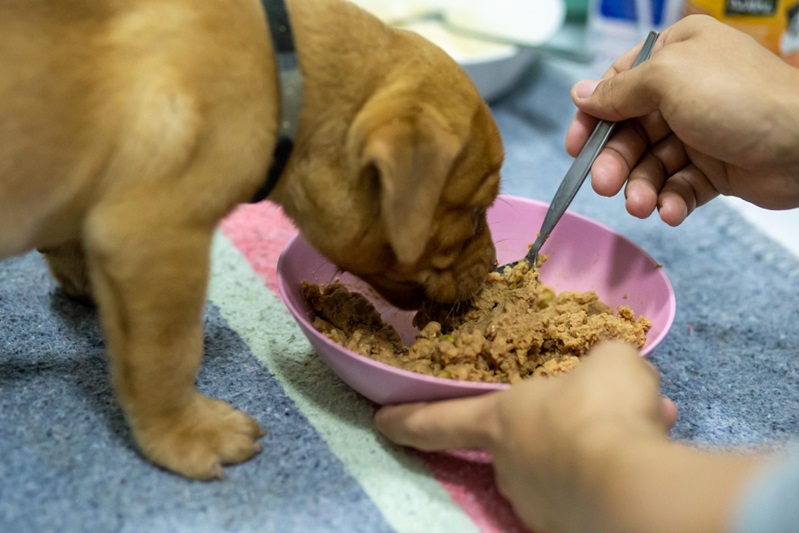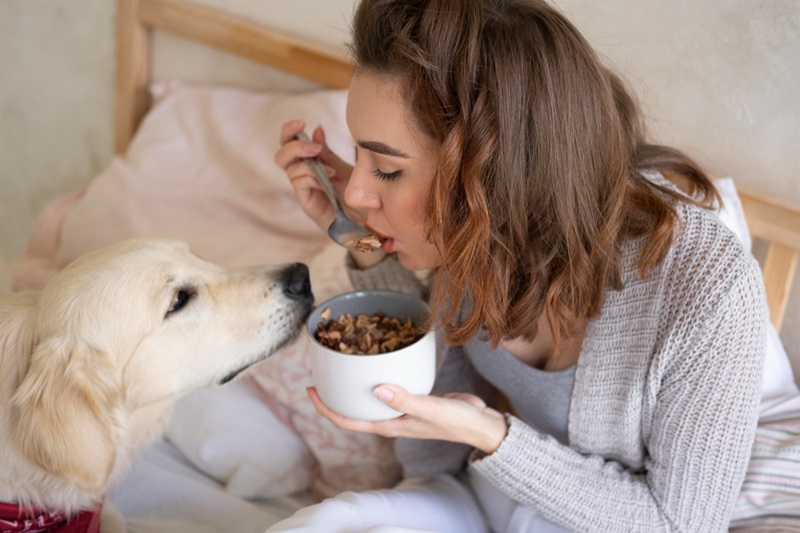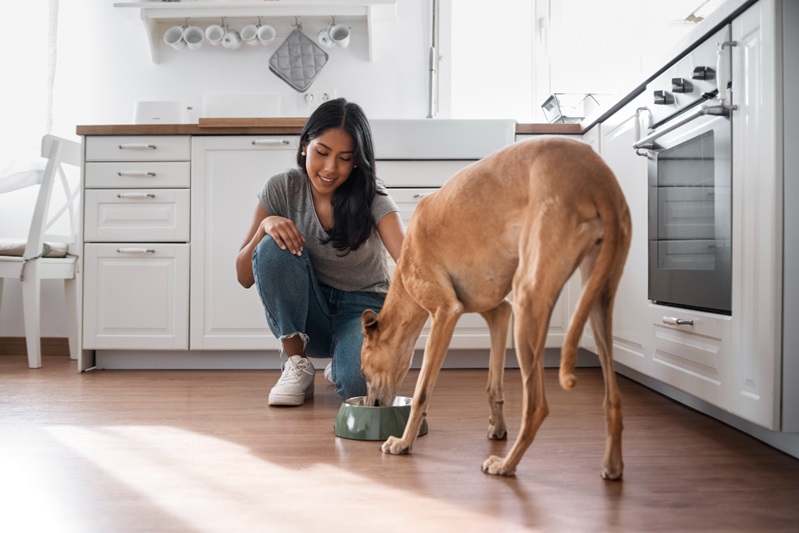Feeding your pet is more than just filling a bowl. It’s about giving them the best care and nourishment. While store-bought food is convenient, many pet owners are turning to homemade pet food for healthier options. Homemade meals for pets allow you to control the ingredients and provide the nutrients your furry friend needs. By making your own recipes, you can ensure a balanced diet tailored to their specific needs. This guide will help you prepare healthy and safe meals that your pet will love.
Understanding Your Pet’s Nutritional Needs
Every pet has unique dietary requirements. Dogs and cats, for example, need different nutrients to thrive.
- Dogs require a mix of proteins, fats, carbohydrates, vitamins, and minerals.
Proteins like chicken, fish, or beef provide essential amino acids to support muscle development and overall health. Fats not only offer energy but also contribute to healthy skin and a shiny coat. If you’re searching for the best dog food for active breeds, finding options that combine high-quality proteins and fats is key to fueling their energy and keeping them at their best. - Cats are obligate carnivores and need a high-protein diet.
They require taurine, an amino acid found in animal-based proteins, to maintain their health.
Always consult a veterinarian before transitioning to homemade pet food. They can guide you on portion sizes and essential supplements.

Choosing Quality Ingredients for Homemade Pet Food
High-quality ingredients are the foundation of healthy homemade pet food.
- Proteins: Choose lean meats like chicken, turkey, beef, or fish. Eggs are also a good source.
- Vegetables: Opt for carrots, peas, sweet potatoes, and green beans for vitamins and fiber.
- Grains: Brown rice, quinoa, and oats provide necessary carbohydrates.
- Fats: Add healthy fats like fish oil or olive oil for a shiny coat and strong immunity.
Avoid onions, garlic, chocolate, and grapes as they can be toxic for pets. Organic homemade pet food ensures better quality and reduces the risk of harmful additives.
Steps to Create Balanced Meals at Home
Making homemade meals for pets requires careful planning. Follow these steps to ensure a balanced diet:
Plan the Diet
Combine proteins, vegetables, grains, and fats in appropriate portions. For example:
- 50% protein (chicken or fish)
- 25% vegetables (carrots or peas)
- 25% carbohydrates (brown rice or quinoa)
Prepare Fresh Ingredients
Use fresh and unprocessed ingredients for maximum nutrition. Wash vegetables thoroughly and cook meat properly to avoid bacteria.
Add Supplements
Include essential vitamins and minerals based on your pet’s needs. Calcium supplements are often necessary for strong bones.
Store Safely
Prepare meals in bulk and store them in airtight containers. Freeze portions to keep them fresh for longer.
Homemade Pet Food Recipes
Here are two simple recipes to get you started:
-
Chicken and Rice Bowl
- Ingredients: Cooked chicken breast, brown rice, carrots, peas, and fish oil.
- Instructions: Mix equal portions of cooked chicken and rice, add vegetables, and drizzle with fish oil.
-
Beef and Sweet Potato Mash
- Ingredients: Ground beef boiled sweet potatoes, green beans, and olive oil.
- Instructions: Combine cooked beef with mashed sweet potatoes, add chopped green beans, and mix with olive oil.
These recipes offer a balance of protein, carbohydrates, and healthy fats, ensuring a nutritious meal for your pet.

Benefits of Homemade Pet Food
Feeding your pet homemade food offers several advantages:
- Customizable Diet
Tailor meals to your pet’s specific needs, such as allergies or health conditions. - Fewer Additives
Homemade meals for pets are free from preservatives and artificial flavors. - Cost-Effective
While quality ingredients may cost more upfront, long-term health benefits reduce vet expenses.
Common Mistakes to Avoid
While preparing homemade pet food, avoid these errors:
- Skipping Nutritional Balance
Pets need a variety of nutrients. A diet lacking in vitamins or minerals can harm their health. - Overfeeding or Underfeeding
Portion control is crucial. Follow your vet’s recommendations for serving sizes. - Neglecting Supplements
Some nutrients, like taurine for cats or calcium for dogs, may not be present in regular food.
Common Questions About Homemade Pet Food
Can I feed my pet raw food instead of cooked meals?
Raw food diets are popular but carry risks of bacterial contamination. Cooked food is safer and still nutritious.
How can I ensure my pet gets all the necessary nutrients?
Consult a vet to determine the right supplements for a nutritionally balanced pet food plan.
Are homemade diets suitable for all pets?
Yes, but it’s essential to customize meals based on your pet’s species, age, and health.
How often should I feed homemade meals to my pet?
Feed your pet 2–3 times a day, depending on their size and activity level.
Can I include dairy in homemade pet food?
Small amounts of plain yogurt or cheese are fine but avoid milk as many pets are lactose intolerant.
Ensure a Healthier Pet Life with Homemade Pet Food
Making homemade pet food is a rewarding way to care for your furry friend. It allows you to control the quality and nutrition of every meal. By choosing fresh ingredients and following vet-recommended guidelines, you can prepare healthy homemade pet meals that keep your pet happy and energetic. Homemade pet food isn’t just about feeding your pet; it’s about showing them the love and care they deserve.

